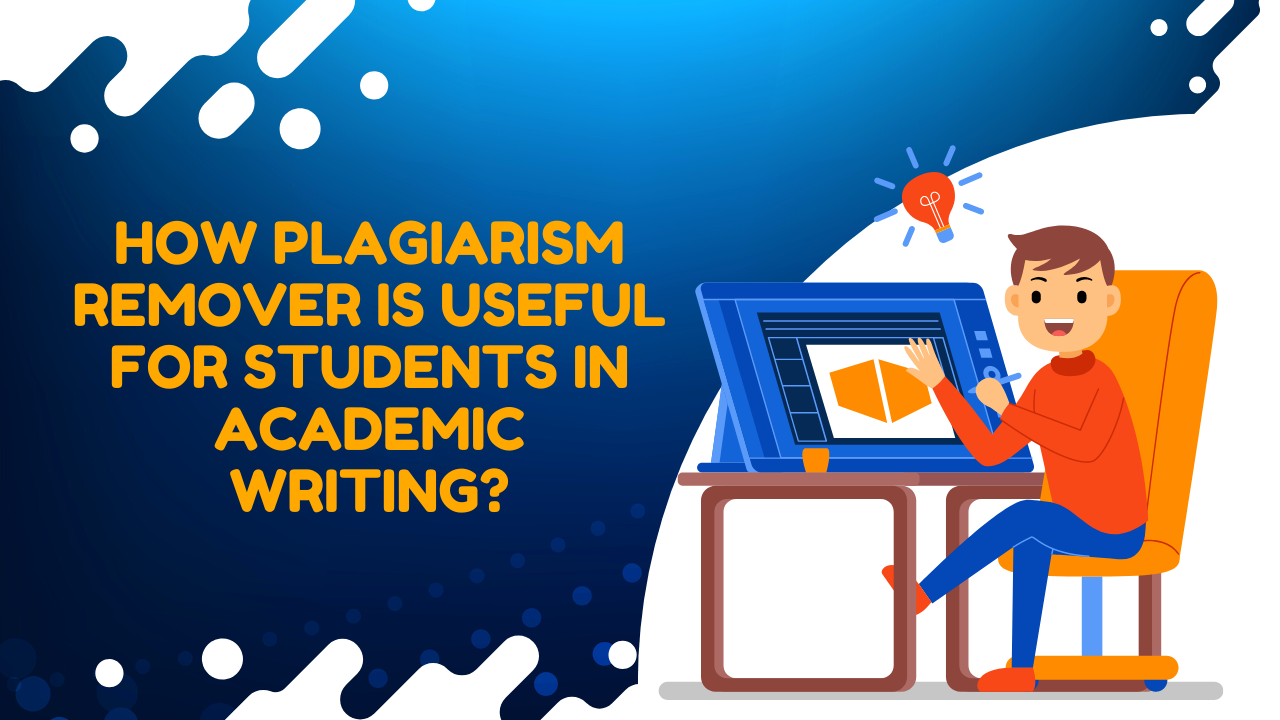.Learning Management Systems (LMS) and Learning Experience Platforms (LXP) are two tools commonly used in educational institutions to manage and deliver learning content. The term Learning Experience Platform was coined by Josh Bersin, who wanted to differentiate the new generation of digital education platforms from their predecessors. The first LXPs were released in 2012, revolutionizing the digital education game. While both types of platforms have similar functionalities, there are distinct differences between them that set them apart. This section will discuss the differences between LMS and LXP in education.
Experience
There is a real meaning behind the name given to the new generation of digital education platforms. One of the primary differences between LMS and LXP is the focus on the learning experience. LXP focuses on providing an engaging, personalized learning experience for the learner. It is designed to encourage learners to take control of their learning, offering content that aligns with their goals, interests, and learning styles. In contrast, LMS has a more structured approach, focusing on managing and administrating learning content. It is designed to deliver a standardized curriculum and track learners’ progress through the course.
Content-Type
When you look at LMS vs LXP, one big difference that jumps out is the type of content they deliver. LMS is primarily used for delivering formal, structured courses, such as compliance training or certification programs. It is best suited for institutions requiring a standardized learning approach with specific learning outcomes and assessments. LXP, on the other hand, delivers a broader range of content, including informal learning resources, such as videos, podcasts, and articles. It allows learners to access various content that aligns with their interests and career goals.
Interactivity
Lastly, LXP tends to be more interactive and social than LMS. It is designed to encourage collaboration and knowledge sharing among learners, providing opportunities for learners to connect with peers, mentors, and subject matter experts. It also allows learners to create and share their own content, promoting a culture of learning and innovation. On the other hand, LMS tends to be more focused on individual learning, with limited collaboration and social learning opportunities.
Interactivity in educational settings can have a range of positive effects on student learning and engagement. When students are able to participate and engage with the learning material actively. They are more likely to retain information and develop a deeper understanding of the concepts being taught. Interactivity can take many forms, such as group discussions, hands-on activities, and multimedia presentations, all of which encourage students to be more engaged with the learning process.
Interactive learning activities also provide opportunities for students to collaborate and communicate with their peers, which can foster the development of social and teamwork skills. This learning environment can also help students develop critical thinking and problem-solving skills. As they are encouraged to ask questions, seek out information, and apply what they have learned to real-world situations. LXPs can facilitate this kind of learning.



